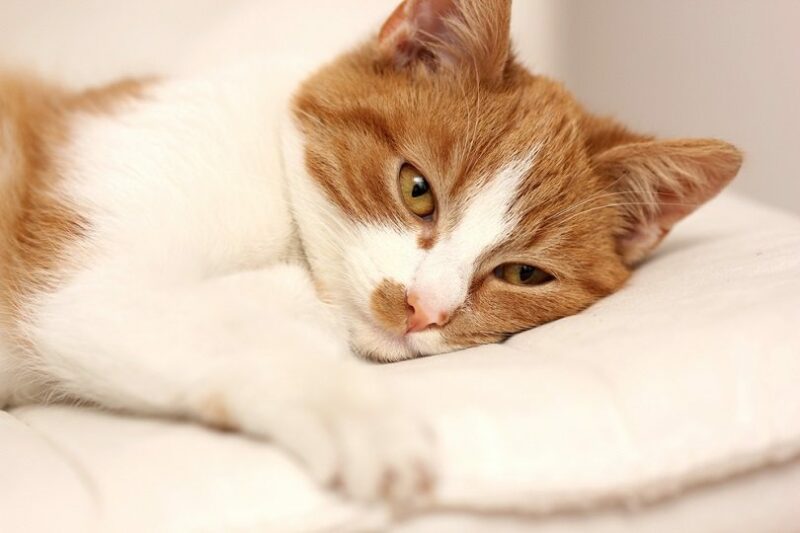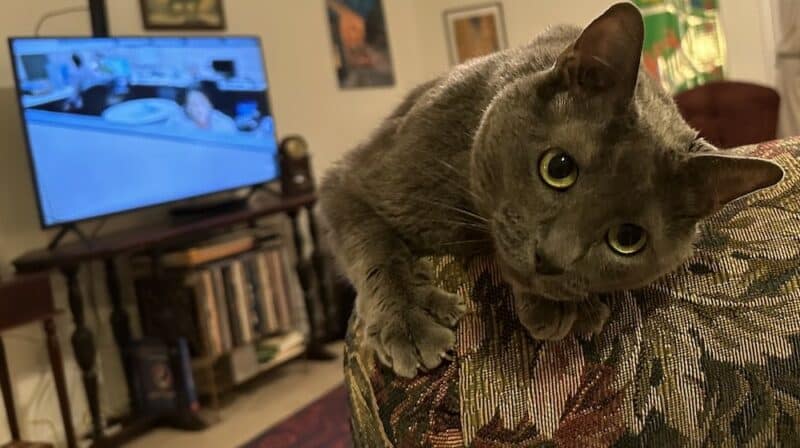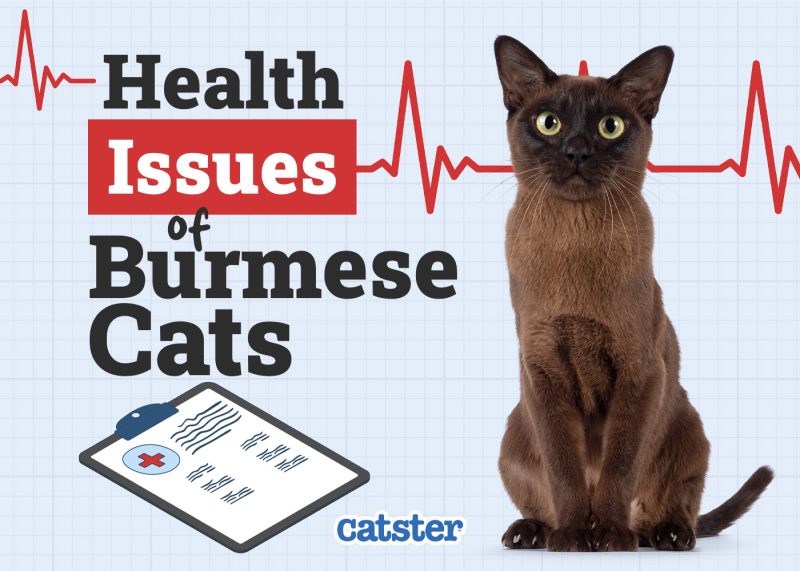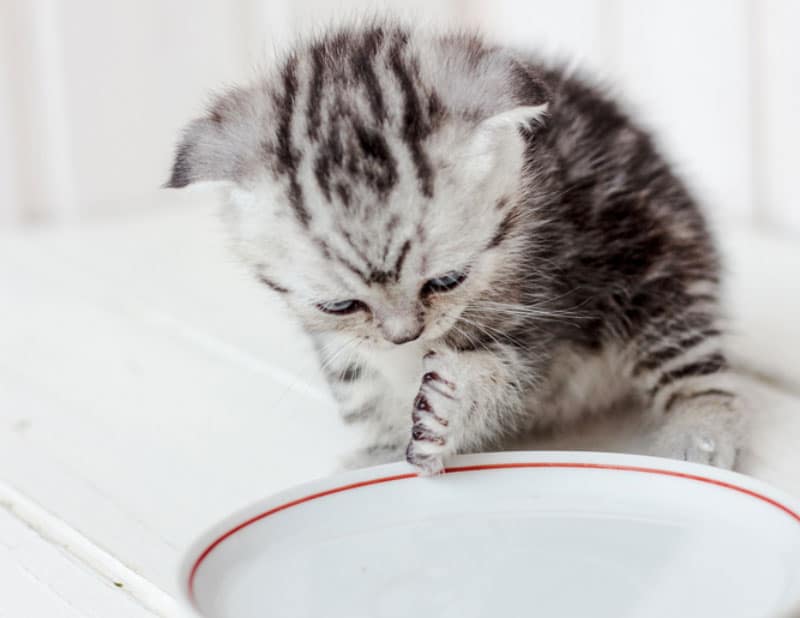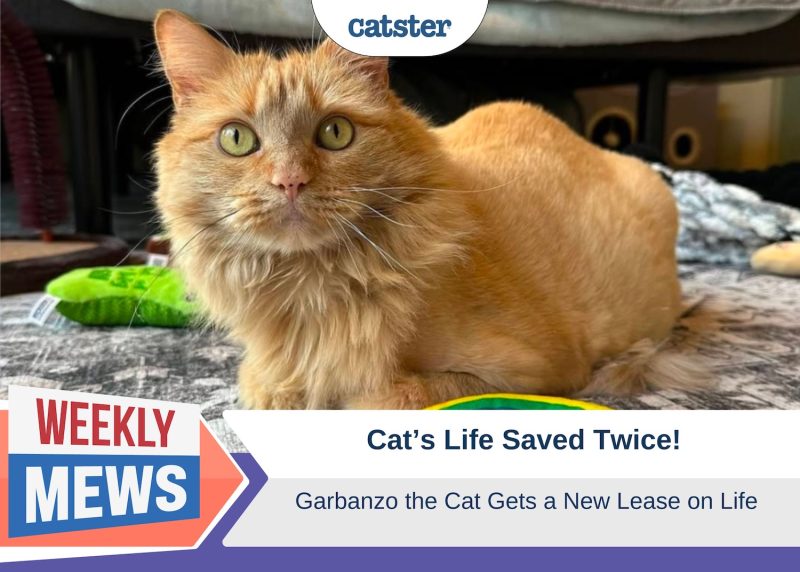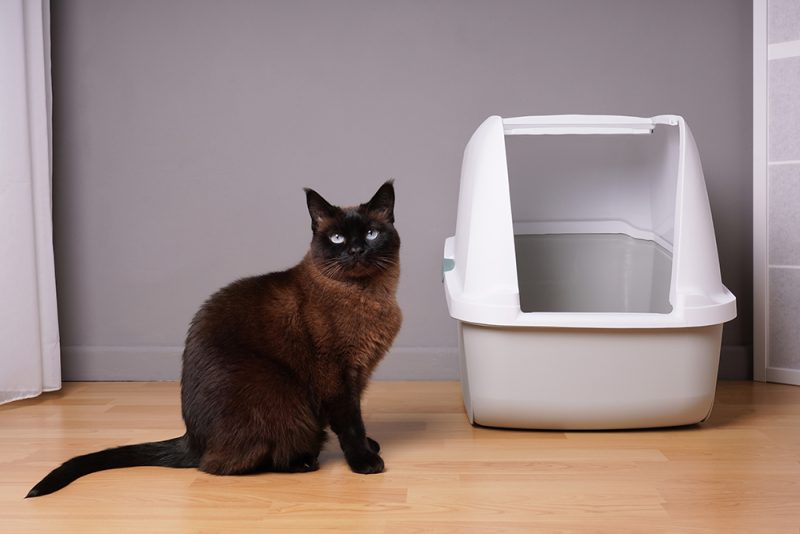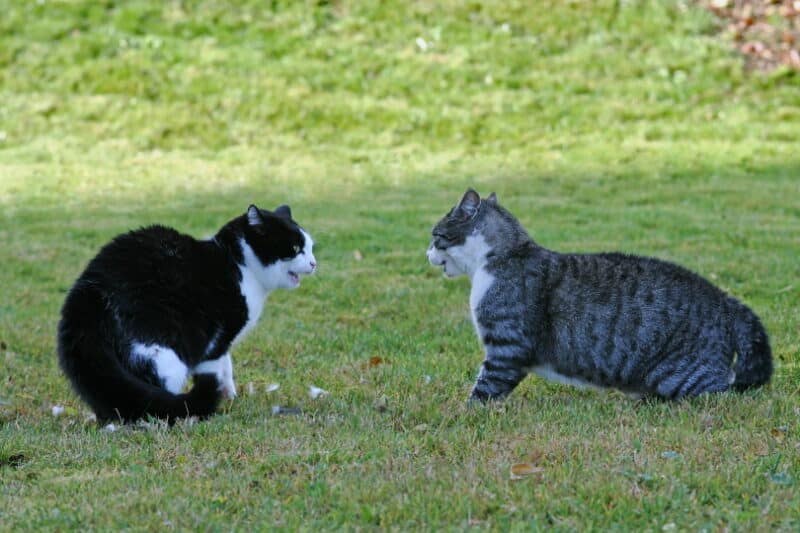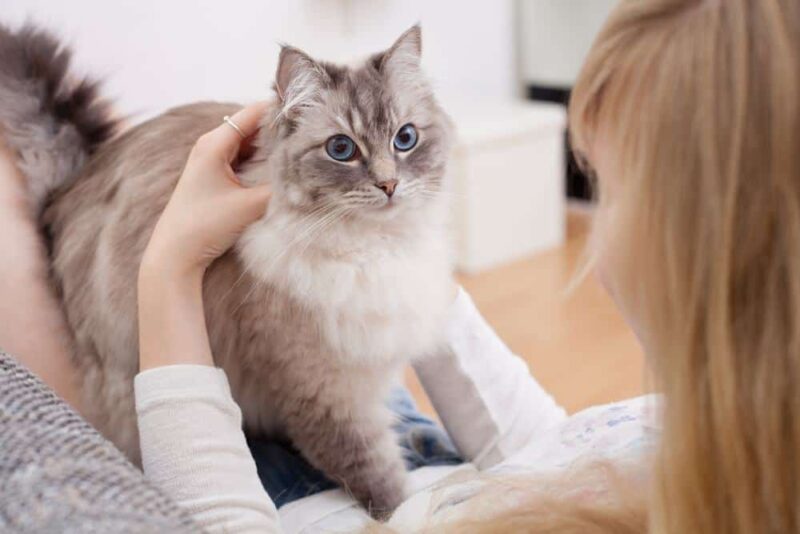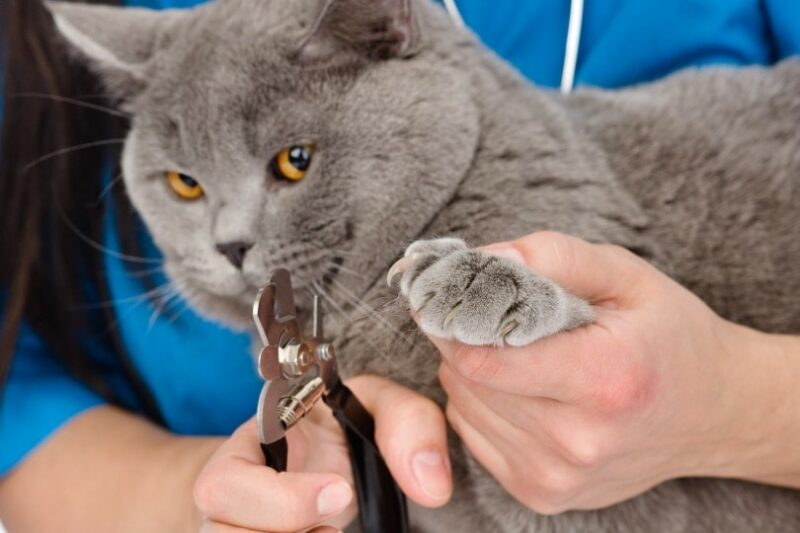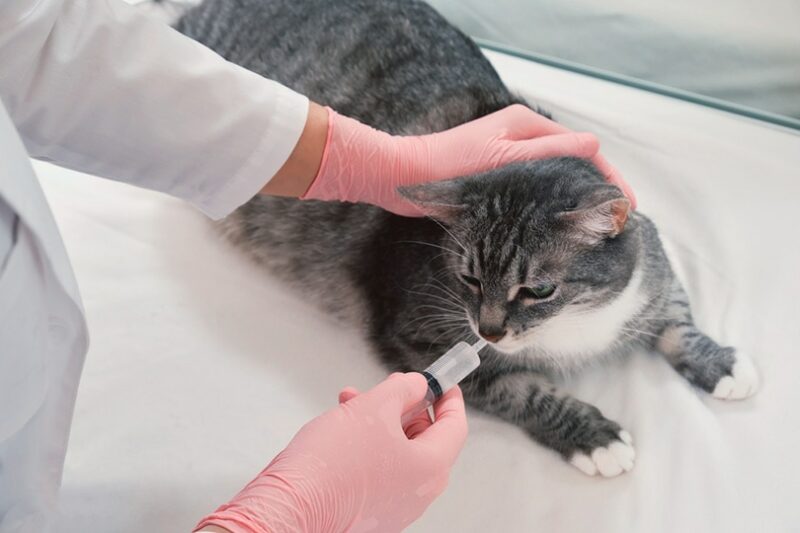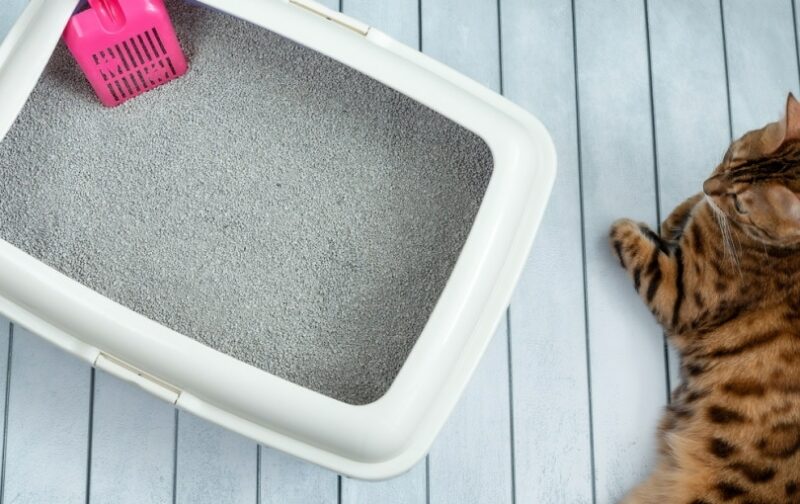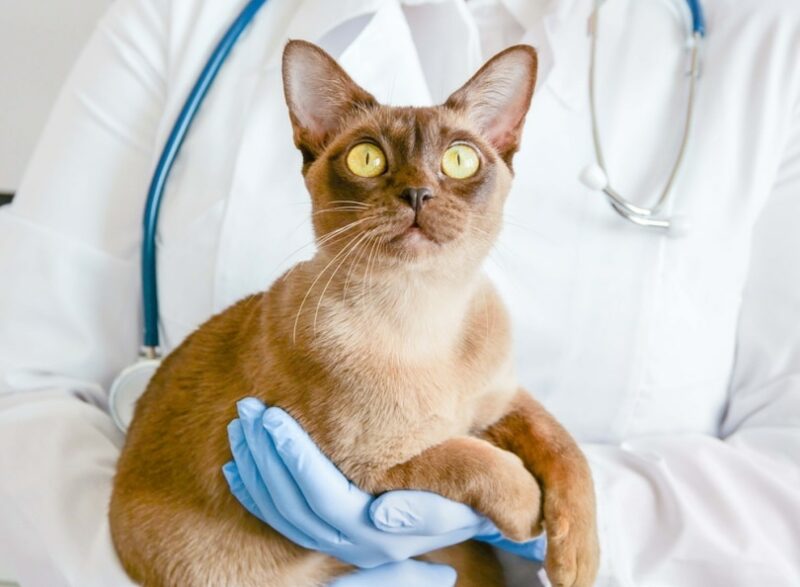Internal bleeding is a serious condition that requires immediate medical attention. It is often the result of external trauma, such as getting struck by a car or falling from a high place. Post-operative complications, even from simple surgeries, can also lead to internal bleeding, as can tumors that grow into blood vessels and spontaneously rupture.
Internal bleeding is generally a medical term that is reserved for large amounts of blood actively being lost into the abdominal cavity. This is different from, say, microscopic blood loss from a urinary tract infection or from diarrhea due to gastrointestinal irritation. Internal bleeding is by no means unique to cats. However, as cats are good at hiding their illness, it is critical to know what signs to look for that might indicate your cat has internal bleeding and what to do about it.
It can be difficult to tell if a cat has internal injuries, so here are a few tips to identify internal bleeding in cats. Chances are that it is an emergency and should be treated as such. If you suspect that your cat has internal bleeding, get them to a veterinarian as soon as possible!

The 5 Signs of Internal Bleeding in Cats
1. They Have Pale Mucus Membranes
An easy at-home way to look for possible blood loss in your cat is to check their gum color. Lift their lip, and look at their gums and tongue. Are they pink? Light pink? Or are they pale or even white?
Pale or white gums are definitely not normal and can indicate blood loss and an emergency situation. It can be helpful to look at your cat’s gums and tongue color when they are feeling well for comparison’s sake, so in an emergency situation, you know what color it would normally be.
Another area that can be checked is your cat’s paw pads. Paw pads should normally be pink, even for cats that don’t have lots of pigment in their paw pads. If suddenly the color becomes pale or white, this can indicate blood loss.
Some vets go a step further and use a subjective test called capillary refill time—in which the gums are pressed on lightly until they blanch, and the time it takes for the blood to refill and color to return to normal is then measured (in seconds). Ordinarily, the time it takes to refill should be 1–2 seconds, maximum. Anything slower than that is an indication that something is wrong.
If you are concerned about the health and well-being of your pet, seek veterinary advice for the best course of action.
If you need to speak with a vet but can't get to one, head over to PangoVet. It's an online service where you can talk to a vet online and get the advice you need for your pet — all at an affordable price!

2. They Are Breathing Fast
In cats, another check for blood loss can be to look at their breathing. If there are fewer red cells to carry oxygen in the bloodstream, the respiratory system has to make up for this by breathing faster, to get more oxygen circulating in the blood.
It is helpful to know what your cat’s normal breathing rate is at home, both in terms of how many breaths they take per minute and what their chest movements look like during the process. Note that breathing should not be checked while a cat is purring, as purring involves a very different type of breathing, which can give misleading results.
Cats that may be experiencing internal bleeding will usually exhibit a combination of faster-than-normal breathing, increased effort to breathe (including abdominal contractions or exaggerated chest movements), open-mouth breathing, or gasping. Each of these signs is potentially serious and generally means a cat needs immediate veterinary attention.
3. They Are Not Eating
If an otherwise healthy cat suddenly stops eating, it is usually an early indicator that they are ill and in poor health.
Although this is not specific to internal bleeding, a cat with severe blood loss generally will not feel well enough to eat. If your cat has not previously had any changes with their appetite, this can be a key indicator that they need to see a veterinarian.
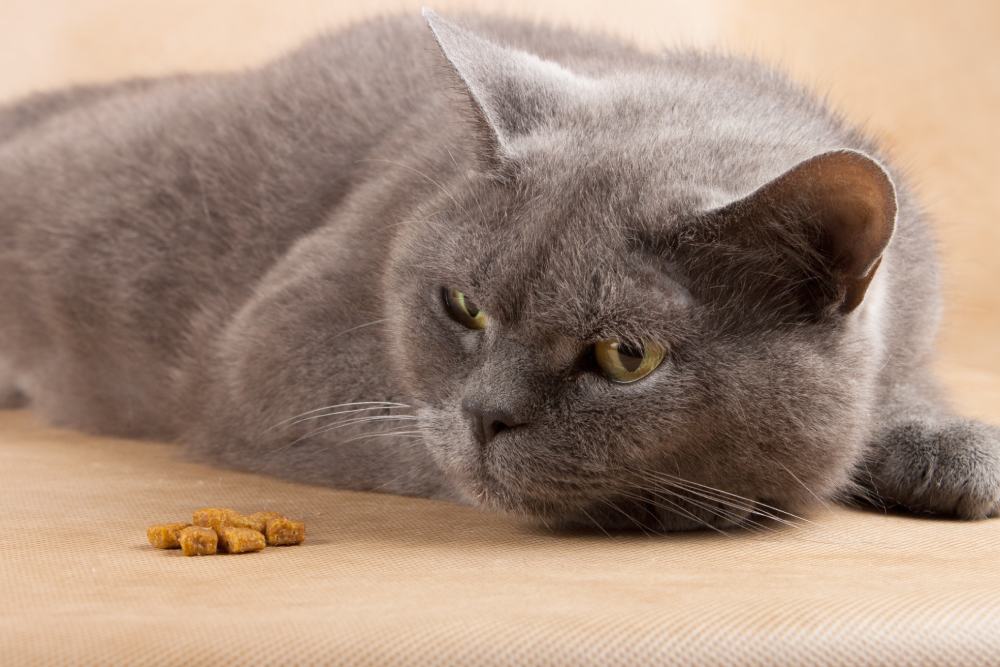
4. They Are Lying Down or Acting Lethargic
Blood loss, especially in the case of internal bleeding, means that less oxygen is available for tissues and organs to utilize for normal metabolic activities. This lack of oxygen circulating can, therefore, create a sense of tiredness or lethargy. Similarly, cats may lie down more frequently or only walk a few steps before needing to stop.
Some cats may simply hide, sometimes in places they normally wouldn’t. Others may change their sleeping patterns or show a lack of interest in playing.
All of these signs can indicate a serious illness, including possible internal bleeding, and ought to be treated urgently for further investigation.
5. They Are Bleeding From a Recent Surgical Incision
It may sound like a no-brainer, but if your cat has recently had surgery, you should plan to monitor the surgical incision as it heals. Many times, your vet will recommend you check on it at least once daily, in addition to other specific instructions.
In the first few days after surgery, especially before the skin has healed back together, any amount of blood coming from the incision should be a cause for concern. If this happens, contact your vet immediately. The larger the amount of bleeding you notice, the more concerning it should be.
If you have any concerns about your cat or their health, we recommend you contact your vet directly.


Conclusion
While internal bleeding in cats isn’t a common concern, it is a condition worth knowing about because of how dangerous it can be. You should especially know what signs to look for with your own cat.
Remember, this is a life-threatening condition and if suspected, requires immediate veterinary attention. Fortunately, it is often treatable, depending on the cause. The sooner it is diagnosed, the more effective treatment tends to be.
- See also: Why Is My Cat Bleeding?
Featured Image Credit: Natata, Shutterstock
